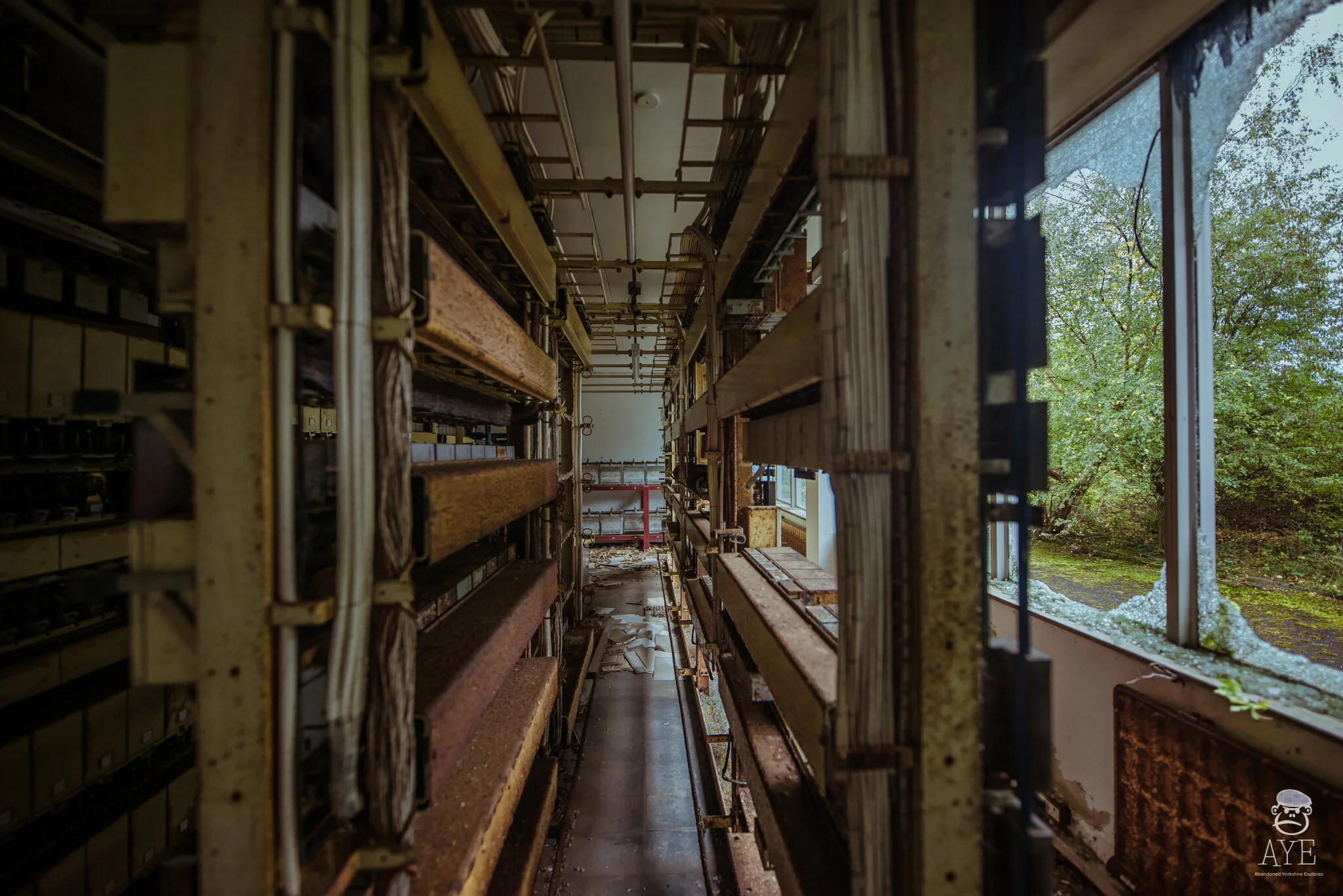Burmah Oil
Burmah Oil - A Short History
Way back in 1876, after visiting Burma, David Sime Cargill, an oil merchant, purchased the Glasgow-based Rangoon Oil Company Ltd, which had failed because the King of Upper Burma was using his monopoly power to overcharge for crude oil found in his territory.
Over the next ten years Cargill supported the loss-making refining and distribution activities from his own pocket, to the extent of £100,000.
In 1883 The Burmah Oil Company was registered to work concessions of oil-bearing lands in Burma and carry on business as refiners, exporters and dealers in oil products and in 1886, after the Third Burmese War and after the British had annexed Upper Buma, Cargill was granted licences to prospect the oilfields there.

Within 20 years and after much skepticism from Cargill’s Glasgow associates, the company had won a silver award in the chemistry and pharmacy section at the Paris Exhibition and had demonstrated the value of Cargill's earlier shrewd decisions by making £264,000 net profit and selling more than 2 million barrels of oil products, two-thirds of which comprised the cheap kerosene which kept Burmese and Indian lamps burning. John Cargill, David's son, contracted with the Admiralty in 1905 to supply the Royal Navy with fuel oil from Rangoon. These dealings with Whitehall led to his company's being asked to support further exploration work by William D'Arcy's team in Persia.
In 1942 The Japanese invaded Burma; the company's employees, on orders from Head Office, destroyed all of the productive assets in Burma, to deny them to the invading armies and by 1965 discussions were still continuing with the government about compensation for the assets in Burma lost during the war.
1966 Burmah Oil Co acquired Castrol Ltd and the name Burmah-Castrol was introduced for industrial products.
Our Visit…
The Ellesmere Port refinery was opened in 1934 and sadly closed down in 2000. The fact it is landlocked on all sides by active plants and refineries means it has been left untouched by people, only having nature creep back into the buildings. I never imagined so much would be there to see and photograph and it really is a place frozen in time.
The old telephone exchange in particular should be in a museum and you don’t expect to see such gems when you’re out exploring. Also, the labs and outbuildings hid some fantastic things if you looked hard enough and the motif of the snake above the lab entrance was another really cool feature. All in all an amazing place to photograph but the risk of being caught and the location and situation of the site means it’s unlikely I’ll get to go back.




















































































